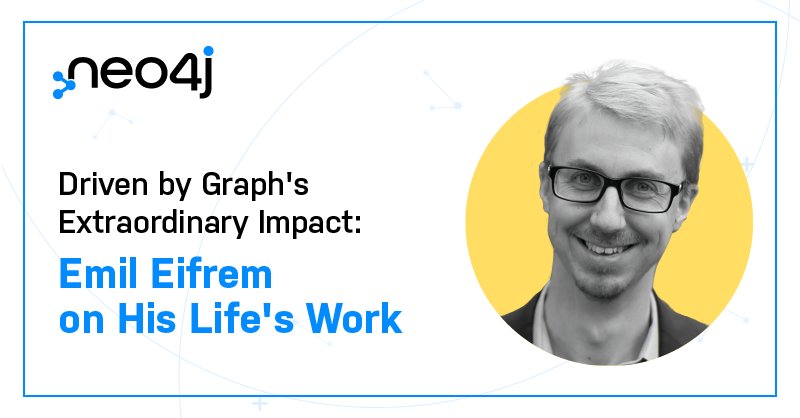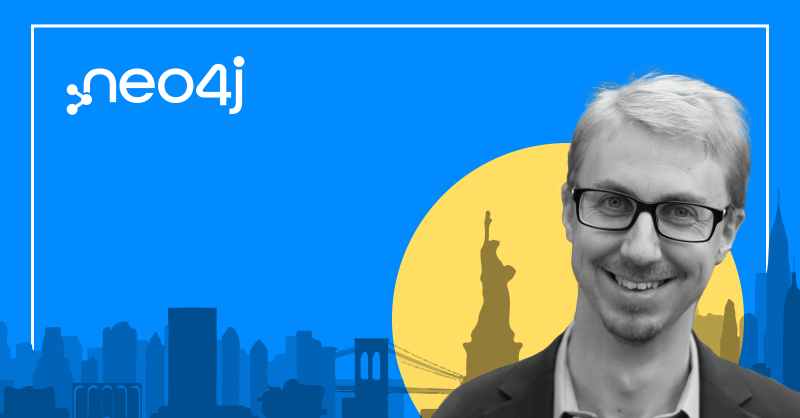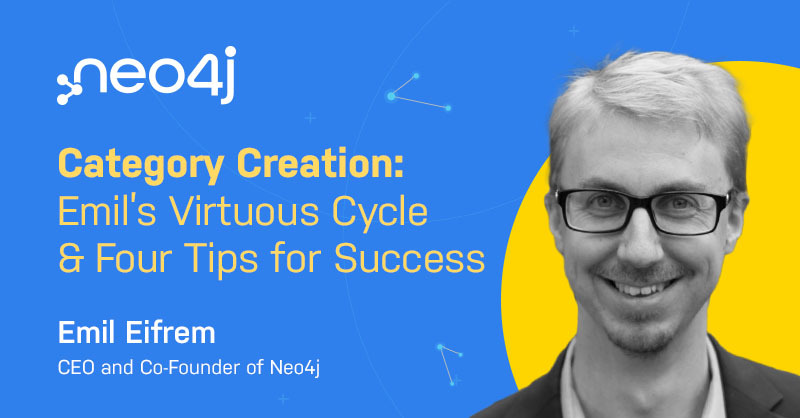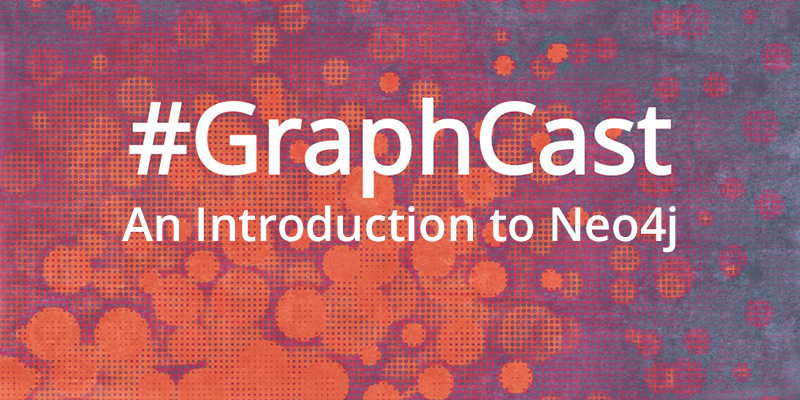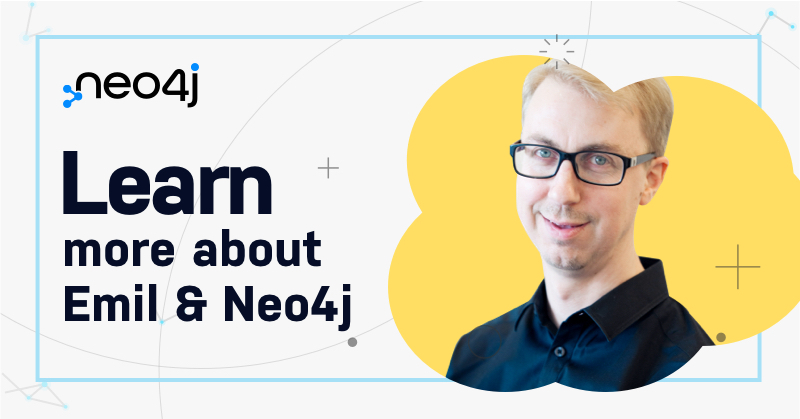How Graph Databases Can Reinvent Recruiting

Product Marketing Manager, Neo4j
4 min read

Written by Emil Eifrem, Originally posted on Wired
How Graph Databases Can Reinvent Recruiting
They say it’s not what you know but who you know. However, the missing implication of that is the importance of who they know. The ways that we are all connected are broadly interesting in a “six degrees of Kevin Bacon” way. However, for recruitment sites trying to find and access important, talented people, it’s much more valuable than that. Endless internet searches and manually trawling through CVs is the common process for many recruiters today — but this is time consuming and quite restrictive in what information it can deliver. Also, once the data is gathered it can be difficult to sit back and actually make sense of it. So, how can the recruitment industry move on from this?
Traditionally, the ways that such data is stored has not been easy to access or analyse. Relational databases, often formatted in tables, could provide plenty of information about individual records in a basic siloed form, but simply weren’t designed to show relationships and patterns between those records. You could unearth some of these connections at a very high level, but the results were extremely slow and lacked real definition. It’s like the difference between understanding two people that live in one house and knowing if they are married, siblings, flatmates or tenants.
Today, far too much time and effort is consumed in the slow process of working with the old style of databases or manual methods like trawling the internet. This works, of course — but it gives you little or no advantage over your competition. And the market for great talent is nothing if not competitive.
For example, tools like LinkedIn are built on a different kind of database in the background that fundamentally tracks relationships. This is the same as Facebook, Twitter — any social network, which revolves around how people know each other. The reasons these companies run on this kind of technology are clear. For a start, it’s much faster and more efficient. You can achieve the same kinds of effects in these ‘graph’ databases with 10 to 100 times less code. But perhaps more importantly, you can also perform different kinds of tasks that just aren’t possible on older tech.
If recruitment sites collect existing data sets from the likes of LinkedIn, other job sites and personal records/CVs to create their own, more comprehensive graph database, they could start to immediately understand and classify candidates based on their relationships with others, their background, specific skills and even their hobbies and interests to see if they have cultural fit. This would not be identified by reading it on profiles, but by asking the right questions with specific search criteria and key words. For example, ‘has Joan Phillips ever worked for Sony or known anyone that has?’ These systems can pick out the important connections for us in a matter of seconds.
When it comes to looking at interests and hobbies, recruitment sites can use this information to proactively approach individuals for roles that may be of interest to them. Graph databases can help source individuals who aren’t necessarily looking to move but have a clear link of interests with another dimension of the role or the company itself. For example, it might be clear from the interest data that the candidate is a football fan — the perfect match for a role at the FA. These sorts of advantages are, at best, laborious and, at worst, impossible to generate manually.
The important detail here is that it makes us more effective at identifying people who genuinely should be the best match for a position. This industry is much maligned for contacting people out of the blue for roles they aren’t interested in — but that’s because the best examples of execution are so effective and such a great match that they remain undercover. Graph databases help create more of these instances.
This doesn’t mean there’s no human component. It just means you’re able to use the power of machines to quickly and at scale, crunch the numbers, answer your queries and give you superhuman ability. The machine does what it’s good at and the recruiter is able to concentrate on what they are good at.
Equally, these tools should increase the opportunity for candidates to understand the possibilities that lie before them. If you can describe to them the caliber of employees who have worked at your company (or your client’s) — even the kinds of things those people have gone on to achieve after leaving, you can add to your arguments with clear, persuasive data. Again, this comes directly from better tracking of relationships in the data.
For a long time, this industry has been built around the power of informal, real world networks and word of mouth recommendations. There’s no longer any reason that the tools we use to pursue those same goals are designed around the same philosophy. Armed with graph databases, recruitment sites will be able to quickly identify the best candidates for their roles and in turn, candidates are much more likely to be happy with their new jobs that have been matched so well.
Want to learn more about graph databases? Click below to get your free copy of O’Reilly’s Graph Databases ebook and discover how to use graph technologies for your application today.



